Ford officials revealed the company’s plan to adjust the production timing of its future electric vehicles as well as other future product changes. The moves are designed to improve the company’s profitability while ensuring it hits its long-term environmental goals.
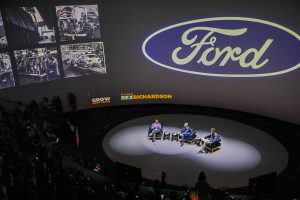
Ford officials revealed big changes to its electrification plans to maximize profits while meeting consumer demands.
The Dearborn, Michigan-based automaker also plans to offer some transparency to shareholders and interested observers about the process and progress of the plan, committing to an update on electrification, technology, profitability and capital requirements in the first half of next year.
The plans not only optimize the roll out of future EVs, they also expand the types of vehicles the company will introduce during that time, read: more hybrids.
“We are committed to innovating in America, creating jobs and delivering incredible new electric and hybrid vehicles that make a real difference in CO2 reduction,” said Ford President and CEO Jim Farley, in a statement.
“We learned a lot as the No. 2 U.S. electric vehicle brand about what customers want and value, and what it takes to match the best in the world with cost-efficient design, and we have built a plan that gives our customers maximum choice and plays to our strengths.”
Invest now for later payoff
The changes Ford plans to implement won’t come cheap, but officials are already dealing with the impact on the company’s books.

Ford CFO John Lawler said the company’s taking a charge now related to some of the changes the company is implementing.
The company will take a special non-cash charge of about $400 million for the write-down of certain product-specific manufacturing assets for the previously planned all-electric three-row SUVs, which Ford will no longer produce.
These actions may also result in additional expenses and cash expenditures of up to $1.5 billion and the company will reflect those in the quarter in which they are incurred, as a special item.
Ford CFO John Lawler said helping to improve corporate profitability comes by accelerating the mix of battery production in the U.S. that will qualify for the Advanced Manufacturing Tax Credit. The changing landscape of electrification means Ford’s mix of annual capital expenditures dedicated to pure electric vehicles will decline from about 40% to 30%.
EVs on the way
Like many other automakers, including perhaps its biggest rival, General Motors, Ford realized the EV market wasn’t going to develop as quickly as it initially forecast. Also like GM, it revamped its plans to slow the introduction of purely battery-electric models and expanded its electrified (i.e. hybrids and plug-in hybrids) lineup to better suit customer desires.

Ford’s E-Transit dominates the commercial van segment, and a new all-electric van is coming in 2026.
That said, the company’s next generation of EVs is still coming, starting with a new commercial van to be produced in Ohio in 2026. Ford dominates the commercial van market, and by extension, the e-van segment with the E-Transit.
Additionally, Ford plans to apply what it’s learned from the F-150 Lightning and plow it into a second-gen pickup, dubbed Project T3. Production on that vehicle begins in the second half of 2027 and it will be produced at the company’s still-under-construction BlueOval City Electric Vehicle Center in Tennessee.
The company’s vaunted skunkworks team in California is starting to pay off. It’s developed a new all-electric midsize pickup truck that will launch in 2027. Not only will it be affordable, it will be profitable as the company will use it to underpin several other EV models on the horizon in the mainstream and commercial space.
More Ford Stories
- Ford EV Skunkworks Program Sets Up Shop in Southern California
- First Drive: 2024 Ford Maverick Hybrid — The Most Fuel Efficient Pickup You Can Buy
- Ford CEO Doesn’t Rule Out Mustang Sedan in Interview, Hybrid Still In Play Too
Electrification options
Ford acknowledged in its announcement Wednesday there are still challenges within the EV market place. Thus the company is giving consumers electrified options that meet carbon-emission targets while allaying concerns about charging and range related to pure EVs.
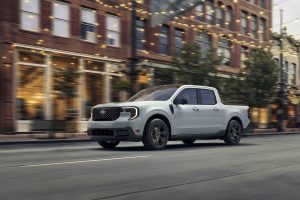
A while ago CEO Farley suggested the Maverick could get an all-electric variant. However, its a midsize pickup that will be all-electric.
To that end, Ford will develop a new family of electrified three-row SUVs. These vehicles will use hybrid technologies providing unprecedented efficiency, performance and emissions reductions compared to gas vehicles. They also enjoy an extended range relative to electric vehicles.
In addition, the next-generation F-Series Super Duty pickup will have a range of propulsion options, building on Ford’s hybrid truck sales leadership with the F-150 and Maverick.
“As the global leader in pickup trucks, we are future-proofing this valuable franchise across all sizes with hybrid, electric and other electrified propulsion options, giving individual customers and businesses choice based on how they use their trucks,” Farley said.
Cheaper batteries
The company’s continued to tweak its battery plans, because Farley believes an “affordable electric vehicle starts with an affordable battery.” To that end, the company revised its battery sourcing operations for EVs and hybrids to lower costs, improve capital efficiency and ensure the vehicles qualify for federal tax credits under the Inflation Reduction Act.
For example, the company and its partner, LG Energy Solutions, are moving Mustang Mach-E battery production from Poland to Michigan next year. Additionally, its venture with SK Innovation in Kentucky will begin delivering cells next year — early than expected and at a lower cost.
Ford revealed other changes occurring at its BlueOval SK site in Tennesee and its BlueOval Battery Park in Michigan that will produce cheaper batteries while ensuring Ford vehicles meet the requirements for federal tax credits.


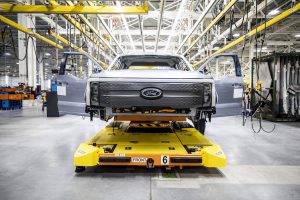
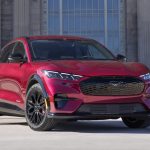
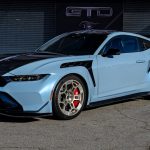
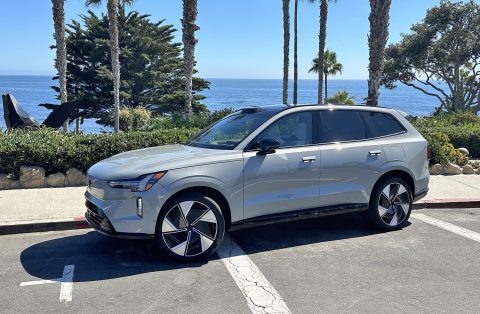


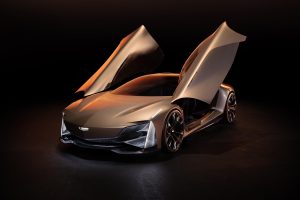
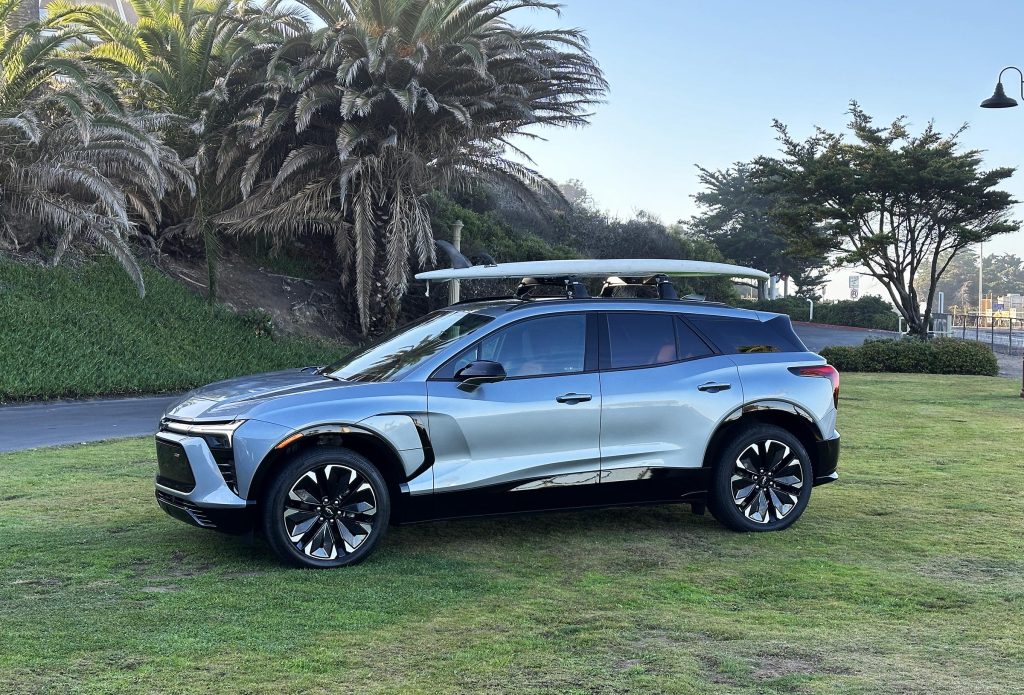
Farley’s not just a pretty face.